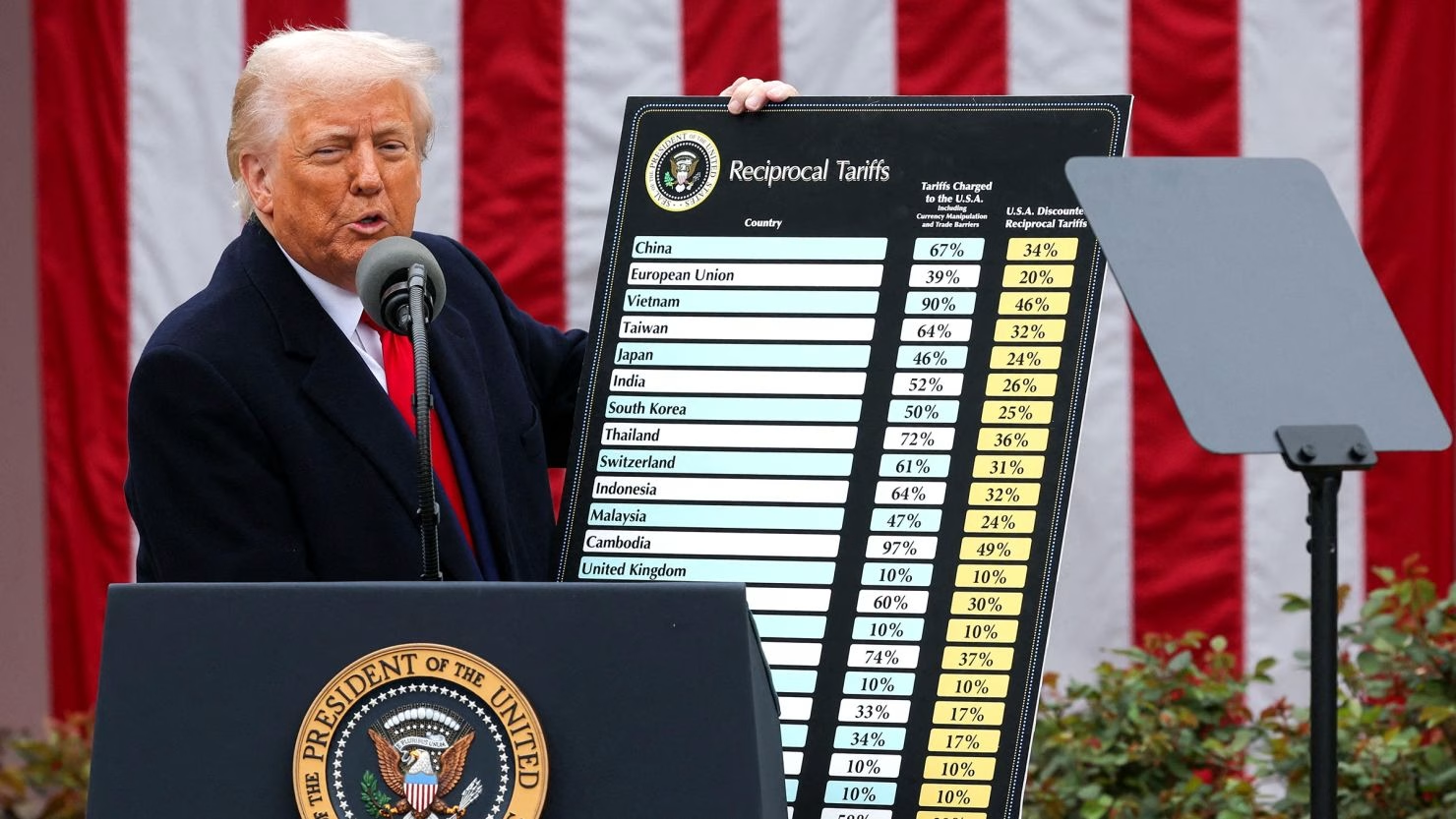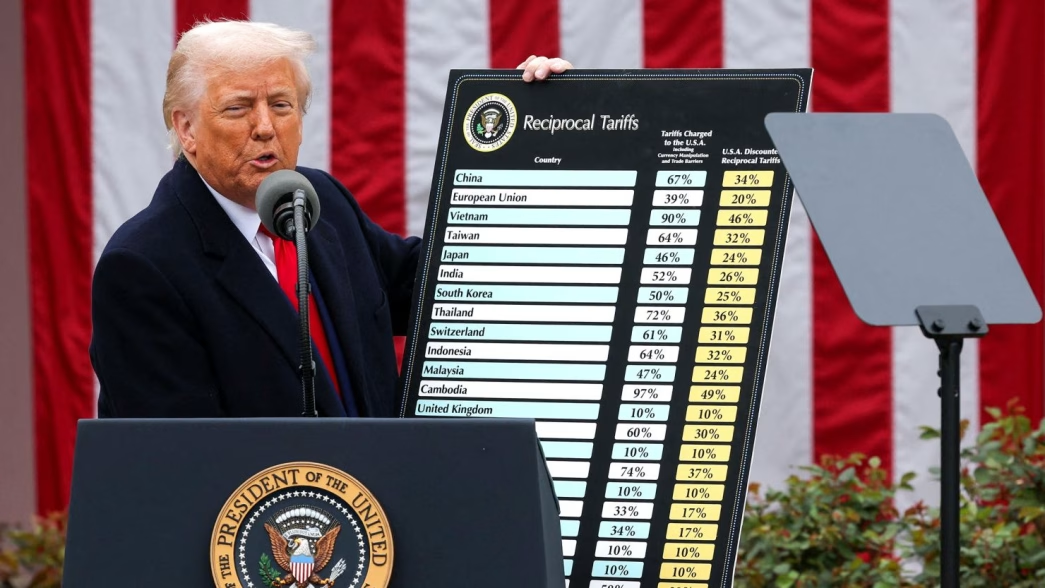In a world where global trade policies shift rapidly, businesses aiming to import or export goods to and from the United States often face one major hurdle: tariffs. These government-imposed taxes on imported goods can significantly raise costs and reduce competitiveness. However, with the right strategic approach, companies can effectively navigate U.S. tariffs and maintain profitability. Here’s how:
1. Utilize Free Trade Agreements (FTAs)
Take advantage of U.S. FTAs with countries like Mexico, Canada, and South Korea. These agreements reduce or eliminate tariffs on many goods and services. Understanding the specific rules of origin under each FTA is key to qualifying for duty-free access.
2. Leverage Foreign Trade Zones (FTZs)
Operating within a U.S. Foreign Trade Zone allows businesses to defer or even eliminate duties on goods imported, stored, and re-exported without entering U.S. customs territory.
3. Reroute Supply Chains Through Low-Tariff Countries
Shifting manufacturing or sourcing operations to countries with favorable trade relations with the U.S. can minimize tariff impact. Southeast Asia, Eastern Europe, and parts of Latin America are becoming popular alternatives to China for this reason.
4. Use Tariff Engineering
This legal strategy involves modifying a product’s design or assembly process to classify it under a lower-duty category. For example, adjusting materials or packaging might reduce its tariff bracket under the Harmonized Tariff Schedule (HTS).
5. Invest in U.S.-Based Assembly
Importing parts instead of finished products and assembling them in the U.S. can help avoid higher duties applied to finished goods. This also opens doors to local incentives and tax breaks.
6. Apply for Exclusions or Waivers
The U.S. government occasionally grants exemptions for specific products if there’s no domestic alternative. Companies can file petitions for such exclusions, especially during periods of tariff escalation.
7. Maintain Accurate and Transparent Documentation
Errors in customs paperwork can result in costly fines and delays. Ensuring full compliance with U.S. Customs and Border Protection (CBP) requirements helps reduce scrutiny and penalties.
8. Utilize Trade Consultants and Legal Advisors
Experts in trade law can identify loopholes, suggest compliance solutions, and handle complex documentation. Their insights can often lead to significant cost savings.
9. Monitor Trade Policy Changes Closely
U.S. trade policies can shift with new administrations and geopolitical developments. Staying updated allows businesses to react quickly and adjust their strategies accordingly.
10. Diversify Your Market Reach
Reducing dependence on the U.S. market can also minimize tariff exposure. Explore emerging markets in Africa, the Middle East, or Southeast Asia to balance your global portfolio.
Conclusion:
Tariffs are a challenging part of international trade with the United States, but they are not insurmountable. Through smart planning, adaptive supply chains, and a deep understanding of trade regulations, businesses can continue to thrive globally while minimizing financial setbacks. Strategic navigation, not avoidance, is the key to success in a tariff-heavy landscape.

















